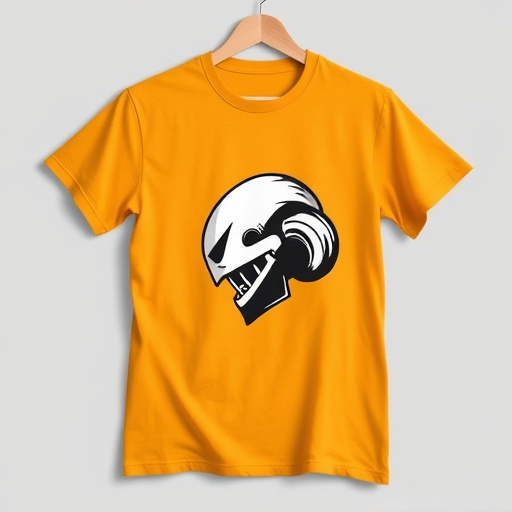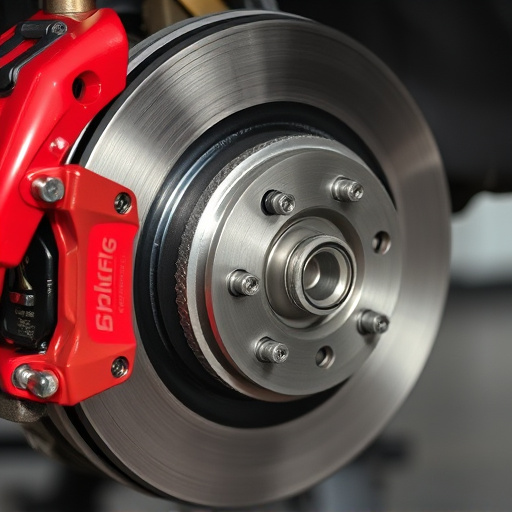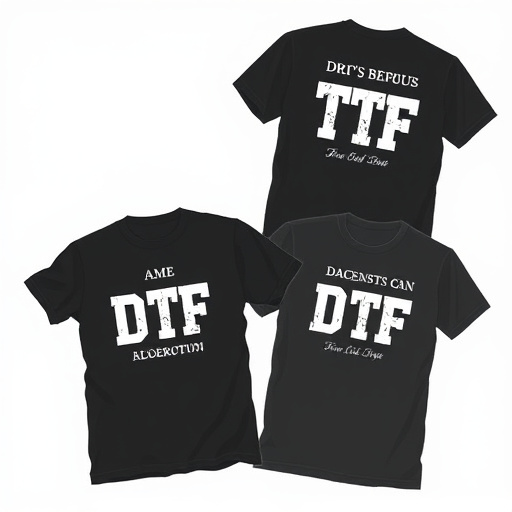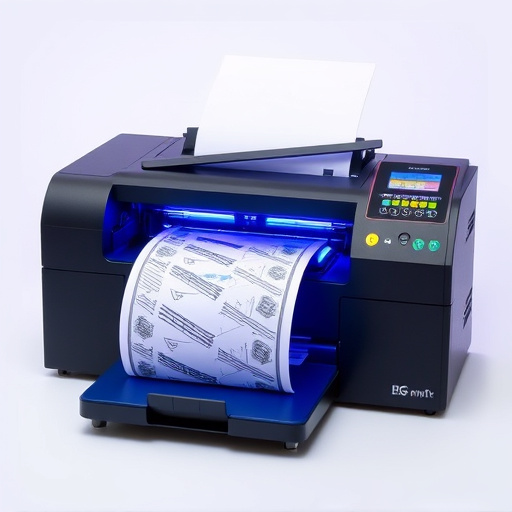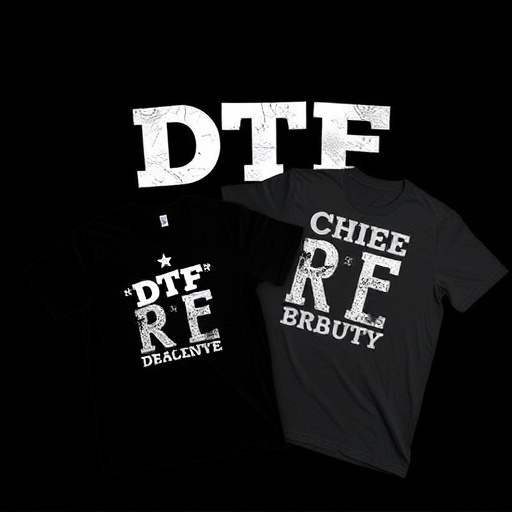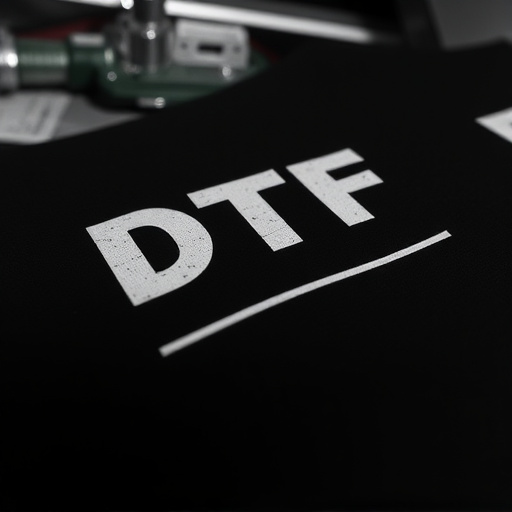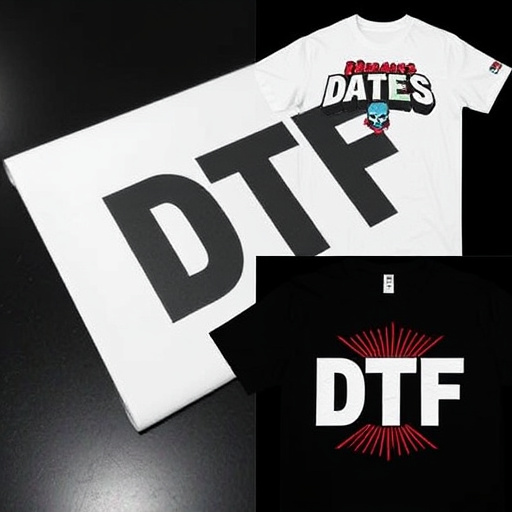Maximizing space and design on DTF Transfer Sheets is crucial for efficient printing of custom hoodies and t-shirts. Strategically arrange designs based on size, cut patterns, and item specifics to reduce waste and optimize production. Integrate blank spaces as design elements for visual appeal and ink savings in DTG shirt production.
Unleash the full potential of your DTF Transfer Sheets! This guide offers practical tips to maximize space utilization, ensuring every design element counts. From understanding the sheet layout to strategic placement of designs and blank areas, these strategies enhance efficiency in cutting and printing. Learn how to organize your creations for optimal use, making each DTF transfer sheet a masterpiece of minimalism and versatility.
- Understand DTF Transfer Sheets Layout
- Organize Designs for Efficient Use
- Utilize Blank Spaces Strategically
Understand DTF Transfer Sheets Layout
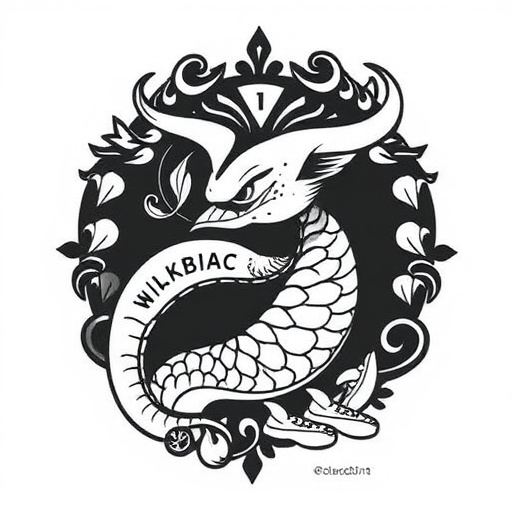
Understanding the layout of DTF Transfer Sheets is a crucial first step in maximizing your space and creating impactful designs. These sheets are specifically designed for direct-to-film printing, allowing you to produce high-quality personalized items like custom hoodies or light fabric garments. Each sheet typically features a grid pattern with designated areas for different sizes and shapes, ensuring precise cutting and efficient use of material.
By familiarizing yourself with the layout, you can strategically place your designs, taking advantage of every inch. This involves considering factors such as design size, cut patterns, and the specific requirements of the items you’re printing (like hoodies or other textiles). With a clear understanding of the sheet’s structure, you’ll be able to achieve accurate transfers, reduce waste, and optimize the production process, whether it’s for batch printing or one-off personalized gifts.
Organize Designs for Efficient Use
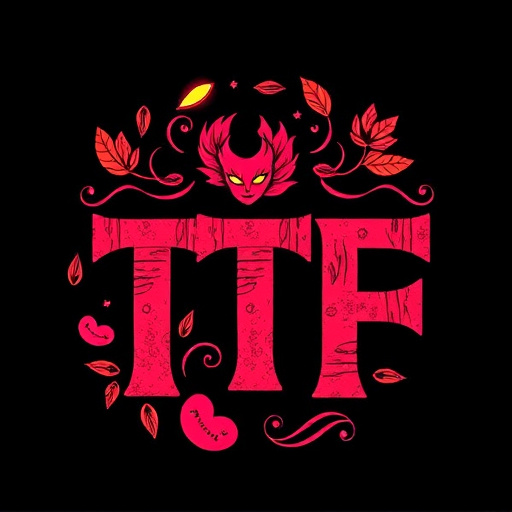
Organizing your designs efficiently on DTF Transfer Sheets is a key step to maximizing space and optimizing production. Before you begin printing, take time to arrange your artwork digitally. Group similar or complementary designs together, ensuring they align well within the sheet’s layout. This reduces wasted space and allows for more custom DTF for t-shirts and custom dtf transfers. Consider the size and complexity of each design; simpler graphics with clean lines can be placed closer to the edge, while detailed images might require a central positioning to avoid overlapping.
By strategically organizing your DTF Transfer Sheets, you can fit more custom t-shirt designs onto each sheet, streamlining your production process and saving valuable time and resources. This method is particularly beneficial for businesses offering a wide range of personalized custom t shirts.
Utilize Blank Spaces Strategically
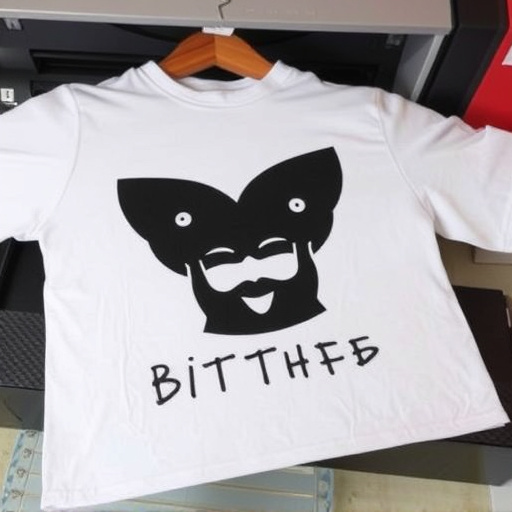
When working with DTF Transfer Sheets, it’s essential to recognize and utilize blank spaces as a design element. Instead of leaving them empty, consider integrating them into your layout strategically. These gaps can serve as negative space, providing balance and breathability to your designs—especially when dealing with intricate or detailed artwork. By thoughtfully placing elements in and around these spaces, you enhance the overall visual appeal while ensuring no part of the sheet goes unused during the bulk DTF printing for t-shirts or hoodies.
Think of blank areas as opportunities to create a sense of movement and rhythm in your design. This is particularly beneficial when planning complex layouts for multiple products like shirts, where efficient use of space can significantly impact production costs in scenarios involving bulk DTG shirt production. By optimizing these spaces, you not only save ink but also ensure the final printed product stands out with its crisp details against a clean, uncluttered background.
Maximizing space on DTF Transfer Sheets is an art, but with these tips, you can turn it into a simple and efficient process. By understanding the layout, organizing your designs, and strategically utilizing blank spaces, you’ll create more room for innovation and save valuable time. Remember, optimal use of DTF Transfer Sheets enhances productivity, so start implementing these strategies today to get the most out of your materials.

